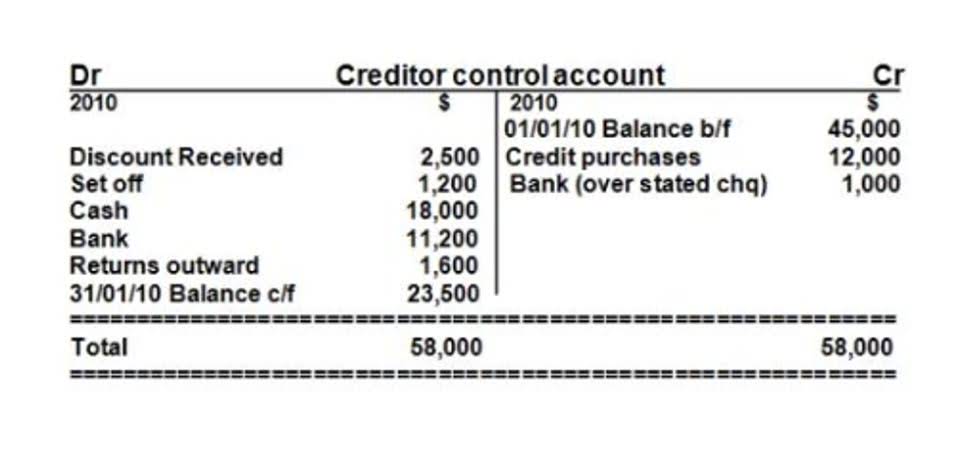Step-by-Step Medical Billing Guide

The future of medical coding and billing is rapidly evolving, with the increasing use of electronic health records (EHRs) and advances in artificial intelligence (AI). One key trend is the use of natural language processing (NLP) to automate the coding process, which can improve efficiency and accuracy. Another trend is the increasing use of blockchain technology to improve security and privacy in healthcare transactions.

You or your coding platoon will determine whether CPT or HCPCS law is suitable for the services you rendered. Ensure the element services are not assessed collectively if they’re whisked with the primary procedure, and elect the law that most rightly reflects the work completed. Neolytix is a top player in assisting healthcare organizations in achieving financial success. They do this by utilizing advanced technology, operational excellence and have over 11 years of experience. This monitoring process helps prevent errors and ensures that policyholders receive the benefits they are entitled to.
What Is Billing Software? A Comprehensive Guide
Integrated billing also provides reporting and alerts to close documentation gaps. In order to make your medical billing process run smoothly, it’s important to understand the steps of the medical billing cycle clearly, so you can find billing tools that work for you. Insurance information update involves regularly updating patient insurance details to ensure accurate billing and prevent claim denials. This proactive step minimizes discrepancies and supports a smooth billing process.
- Superbill creation involves documenting all provided services and procedures during a patient visit.
- A single mistake in code assignment can lead to claim denials or incorrect billing, causing delays in reimbursement and financial loss for healthcare providers.
- An insurance company may request that you submit chart notes with claims for new patients to establish a primary care relationship.
- The CPB credential prepares medical billers with skills to maintain all aspects of the revenue cycle.
- Statement follow-up includes tracking and managing patient responses to statements, addressing inquiries, and facilitating payment arrangements if needed.
- There are certain amounts of time that you must give for your patients to begin payment, but you may be forced to go through collections.
- Some claims also include a Place of Service code, which details the type of facility in which the medical services were performed.
Claim scrubbing also involves ensuring that required patient, provider, and visit information is complete. To accomplish this stage in the billing cycle, medical billers typically run claims through claim scrubbing software, which identifies and corrects errors. Before providing any medical services, it is important to verify the patient’s insurance coverage. This will prevent any misunderstandings or denials of payment down the line. Claims submission involves sending the billing information to the appropriate insurance companies or payers for reimbursement.
How an E Invoice Portal Revolutionizes Billing Processes
Many guides to the medical billing process state that, once you’ve collected the patient’s information, you never need to register them again. Although you don’t need to ask a stream of questions to prior patients with every appointment, you should confirm your most recent records. When it comes to the medical billing process one of the most important steps is deficiency management. Claim denial management can be a time-consuming and frustrating process, but it is essential to the financial health of your medical practice.
And third, double-check your work to make sure everything is accurate and can be processed further. With this, you can actually decrease the time you may put into resubmitting claims if they get denied or rejected due to errors or incorrect information. Some medical practices may have additional steps that allow them to ensure medical billing process steps the medical billing process runs efficiently and that the practice does not fall victim to fraud. This is an important step of the process and where many mistakes can occur. If you’re clear, concise, and thorough during the transcription, you’ll make things that much easier for your coders, medical billers, and your patients.
Follow Up
This determination is based on the information the biller provided and whether the claim is valid and should be paid. After the charges and payments are entered, it’s time to create the claim. This may involve compiling charges, revenue codes, CPT®, HCPCS Level II, and ICD-10 codes. The medical billing process can only become successful if it is flawless from the get-go. Your practice must perform all these processes meticulously, with proper documentation and customer care.
The clearinghouse will return claims needing corrections to the biller, and then send the corrected claims to the payer. Insurers often require preauthorization as a contingency of payment, particularly for medical services conducted outside the primary care setting. Processing an insurance claim begins when a patient contacts the provider’s office to schedule an appointment or registers at the hospital. Staff typically obtain the patient’s demographic and insurance information, or the patient completes a registration form after arriving at the place of service. The lower half of this dashboard can be used to seek to advise on what could be made better for future patients. Multiple offline payment options include cashier’s checks or wire transfers.
